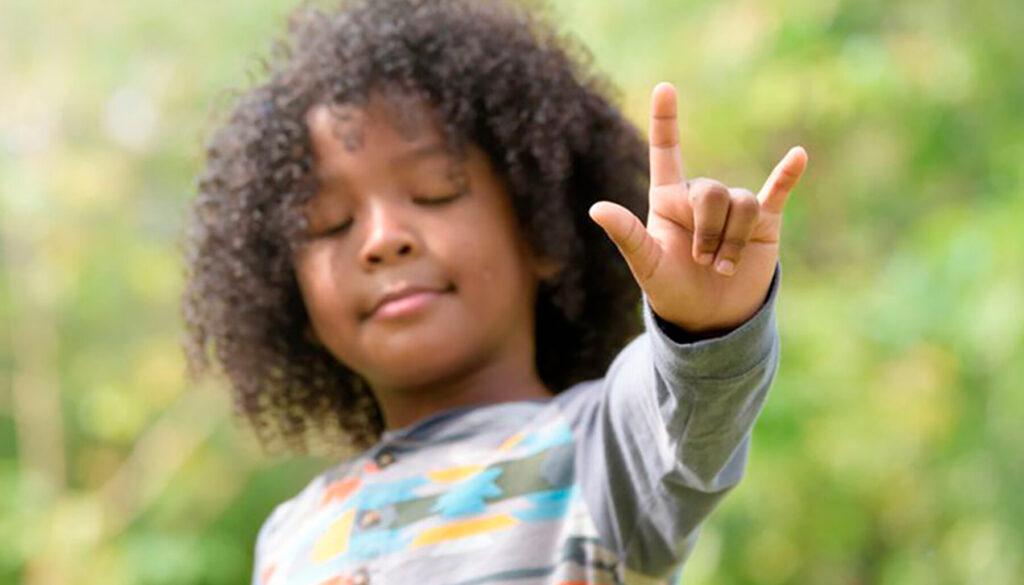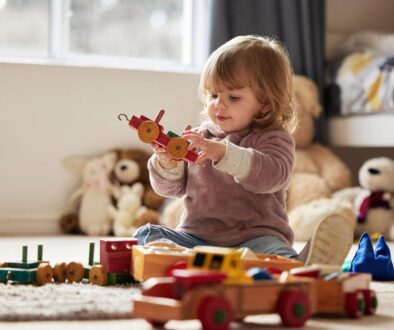Using Sign Language With Your Baby

Using sign language with babies can offer several benefits, both for the child and the caregivers. This early communication can reduce frustration, enhance language development, improve bonding, and boost cognitive development.
Baby sign language is a system of communication that uses simple hand gestures and signs to help infants and toddlers communicate their needs and emotions before they are able to speak. Parents and caregivers can teach babies signs for common words and phrases such as “more,” “milk,” “eat,” “all done,” and “play,” among others. By using signs consistently in everyday interactions, babies can learn to associate specific gestures with corresponding meanings.
Here are some steps and tips to help you get started:
- Start Simple– Begin with basic signs for common items or actions, such as “milk,” “eat,” “more,” “all done,” and “play.” Focus on signs that are relevant to your baby’s daily routine.
- Be Consistent and Use Repetition– Use the signs consistently in context. Repeat the signs each time you say the corresponding word. Consistency is key for your baby to make the connection between the sign and its meaning. Repeat signs often throughout the day, especially during activities like feeding, playing, and diaper changes. Repetition helps reinforce the association between the sign and its meaning.
- Use Positive Reinforcement-Praise your baby when they attempt to use a sign, even if it’s not perfect. Positive reinforcement, such as smiles and enthusiastic responses, can motivate your baby to continue using signs.
- Use Sensory Cues– Use visual and tactile cues to help your baby understand and imitate signs. Guide your baby’s hands to make the signs and encourage them to touch and feel objects associated with the signs.
- Make it Fun-Turn signing into a game. Use playful facial expressions and an animated tone of voice to make the learning experience enjoyable for your baby.
- Stay Attuned to Your Baby– Pay attention to your baby’s gestures and attempts at communication. If your baby naturally makes a gesture that resembles a sign, acknowledge, and encourage it.
Remember that every baby is different, and what works for one may not work for another. Stay patient, be consistent, and celebrate the small milestones. Over time, your baby may start using signs to communicate effectively.





